Could COVID save the single-screen theater?
Margaret is a lifelong film lover who first found Indian film 16 years ago and hasn't stopped watching since. She has a Masters in Cinema and Media Studies from DePaul University, is author of the book "Don't Call it Bollywood: An Introduction to the Hindi Film Universe", and blogs at www.DontCallItBollywood.com.
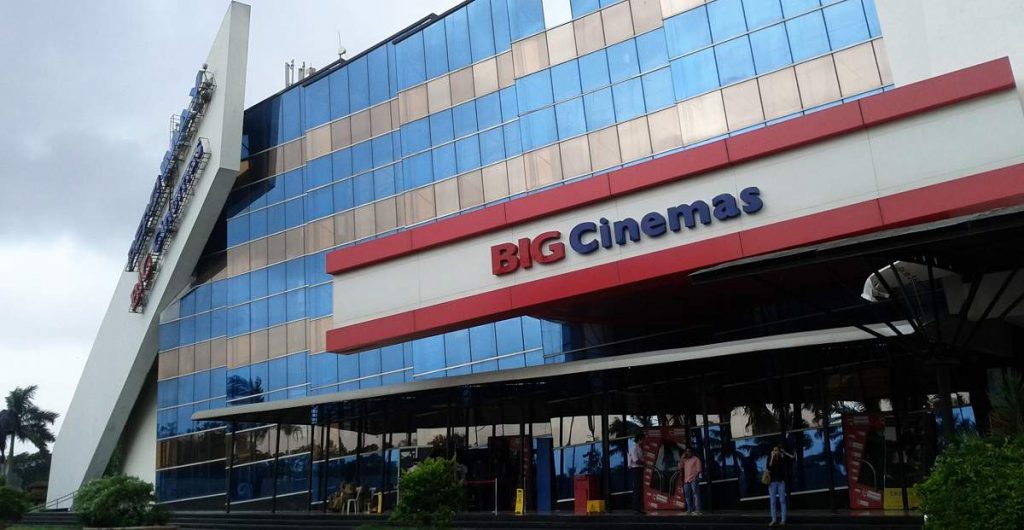
[responsivevoice_button voice=”US English Female” buttontext=”Read out this Theel for me”]
The finale of the Amazon Prime series Breathe: Into the Shadows takes place in a decrepit old movie palace. The theater is a place of shadows, sadness, hidden tragedies. Perhaps this is how the new streaming content creators see it, fallen and dead and mysterious, a place of the past. Because for them, that is what the Indian movie theater is, a dead place of the past.
Thanks to COVID-19, there have been more big-budget and big-name movies than ever before going straight to streaming, while the movie theaters of India are more deserted than ever before. But this is not a new trend. For a decade, the Indian movie theater has been dying by inches thanks to the twin evils of rising ticket prices, and increasing Internet streaming rights purchase prices. The theater owners are running towards the wealthy minority and away from the impoverished majority, while the content producers are running towards the quick guaranteed profit of a one time streaming sale versus the gamble of a theatrical release.
The movie theaters and movie makers of India, especially Hindi films, have not been losing their audience. Rather, they have moved away and left their audience behind. This has been a process a long time coming, at least since 2009.
In 2009, the Hindi film producers went on strike against the multiplex theater owners association. The public was aware that the theaters were closed and no new movies were being released but didn’t necessarily understand why the producers cared enough to strike, and the meaning of the resolution. The issue was profit sharing. The producers association wanted an equitable profit sharing, 50-50 on every ticket sale. This is what is standard in Western countries. They argued that they are making the movie and promoting the movie and bearing all that expense, while the multiplex merely screens it. The multiplex owners argued that, since their theaters were a new phenomenon at the time, they are still paying down the initial investment, and they can’t afford that level of profit sharing. They wanted a film by film decision, individual agreements with producers depending on the anticipated profits from each film. This is how it had been before.
The producers had more complaints than simply profit sharing. Multiplex owners would remove films if they were not successful within the first few days, not giving the movies a chance or notifying the producers they were doing so. And they simply did not pay producers in a timely fashion, they would send in information about box office revenue, but not pay the amount owed. The producers had been putting up with this because, thanks to the inflated ticket prices, 60% of the profit for films came from multiplexes. But by 2009, the situation had become so untenable that the producers announced a general strike, no new films until a new agreement was reached. The end solution to the strike was a set profit-sharing system, with decreasing percent on a week by week basis. In the opening week, producers got 50%. Next weekend, 42%. Next weekend, 35%. And finally, 30%. In the past, before multiplexes, every ticket sold, no matter how long after the release of the film, gave the same amount back to the producers. This means that the producers didn’t care if their opening weekend was record-breaking, or average. So long as the word of mouth was good and the film ran for a long time, they would win. And the theater owners felt the same. But now, there was suddenly a motivation for a large profit opening weekend itself, and not after.
The reverberations of this are felt in every corner of the Hindi film industry. The box office coverage is suddenly focused on the opening weekend amounts, without regard to how fast and big the drop off might be in later weeks. The promotions drive the audience in that first weekend, a massive campaign to put bodies in seats that weekend only and then a sudden drop off in promotions once it is past. Even the fans and media play into this; the opening weekend box office has suddenly become the biggest sign of quality, not the length of time a film runs in theaters as it was in the past. The length of time a film runs in theaters, one week or two weeks or 50 weeks, is a sign of how much the audience loves a film. The amount of money it makes opening weekend is a sign of how much money the audience is worth. The opening weekend focus rapidly increased the gap between the rich and poor in film audiences, a gap that was already there with the arrival of the multiplex.
The opening weekend push is poison to single screens, the theaters where the vast majority of Indians can afford to buy tickets. A single screen is defined by only having one screen. They thrive on showing films sequentially, not simultaneously. What about the weekends when two major films are releasing, both with major advertising campaigns that will drive people in the opening weekend? Which one do they pick? In the past, they could take both, show one film for two or three weeks, and then the other film later, the audience would still be there. But now, opening weekend is the only time the audience is driven in, they have to pick the one movie their audience will like week by week, and let it run for only seven days. Between 2009 when this new profit-sharing agreement was reached with multiplexes and 2018, 30% of the single screens in India went out of business. A ticket for a multiplex film can be up to 20 times as expensive as a single screen theater. Before the multiplex era, the movie industry was democratic, each person was worth one ticket and people voted with their feet. But now, an audience member at a multiplex is worth 20 audience members at a single screen. Therefore, Hindi films are made 20 times more for the multiplex than for the single screen. They are promoted for the multiplex opening weekend profit sharing, and the content itself is made for the multiplex viewer, not the single screen. The amount of English language put into dialogue, the move towards more “western” style films (shorter length and fewer songs), plots that fit within Western genres like mystery or action or historical instead of the Masala style mixture of genres, all of this is an attempt to appeal to the wealthier urban multiplex audience. But those same changes are driving away the majority of long time Hindi film viewers.
A look at the list of top “footfall” films from the Hindi industry that is the number of tickets sold, not the amount of money those tickets were worth, shows a shocking decline in the success of average films. The top few films are expected, Hum Aapke Hain Koun, followed by Bahubali 2, followed by Dilwale Dulhania Le Jayenge. But what I find interesting are the films closer to the middle of the list. Border, the 1997 war movie, had a higher number of footfalls than Dangal. Karan-Arjun, the Shahrukh-Salman action movie from 1995, had more footfalls than Dhoom 3. Mohabbettein from 2000 beats Ek Tha Tiger, Dabang, and Ghajini. Mohra, Raja, and Ishq, all critically ignored pure mid-90s Masala, beat Dabangg 2 and Yeh Jawaani Hai Deewani. Hindi films are rapidly becoming far less popular among the audience than in years past. An average film of the mid-90s could attract more people to watch it than the biggest hits of today.
The arrival of the streaming services in India added a new front to the war against the Hindi cinema. Only 37% of the Indian population are active internet users. That means films released on streaming are not reachable by 63% of the Indian population. Releasing a film on a streaming service does not allow it to reach the majority of the Indian audience. But it feels like it does because we have been conditioned to believe that the internet and social media are a reflection of the world, that by looking at twitter trends and Facebook posts, we can know what the people are thinking. That is not true, that only allows us to know what the people who are online are thinking. And in the case of India, that excludes the voices of a vast number of people. The same people who have already been excluded from the discussion of Hindi film thanks to their inability to afford the new multiplex ticket prices.
The Hindi filmmakers are trapped. They went on strike against this trend ten years ago, and their concerns were misunderstood or ignored by the media and the public, and they lost. Today, movie stars Ajay Devgan, and Salman Khan have both announced efforts to save the single-screen theater. Saif Ali Khan made a public objection when his producers tried to move his film direct to streaming rather than give it a theatrical release. Those who make a career in the industry, who are looking for a lifelong connection, are unhappy with the trend towards both multiplexes and streaming. It is obviously unsustainable in the long term. The streaming services right now are paying top dollar for Indian content as they try to attract an Indian audience. Once they successfully achieve dominance of the market, the prices will inevitably fall. In the same way, the multiplex audience is only seeing Hindi films as substitutes for the Western films they prefer. This is not the faithful audience for Indian cinema; this is an audience that has to be seduced with western-style films and massive promotional campaigns. This same audience is quickly turning away from Hindi films and towards Western-made films that are eating into the Hindi market like never before over the past few years.
During the COVID lockdown, movie producers are torn. They can borrow money and keep going, hold on to content until the unknown time that theaters open, or give in and take the streaming money that is on offer now. It’s possible that, strangely, this could be the savior of the single screen. The streaming audience that 37% of the population is the same as the multiplex audience. Largely urban, with disposable income and an interest in westernized films. If they leave the multiplex for streaming, the multiplexes will die. But the single-screens will be unaffected. The single-screen audience is the community that does not have streaming as an option. All they have ever had is their theaters. If the theaters can manage to hold on and come back, if enough producers hold out so that there are films to release, the post COVID world could see multiplexes deserted while single-screens dominate.
Featured Image Credits: Wikimedia


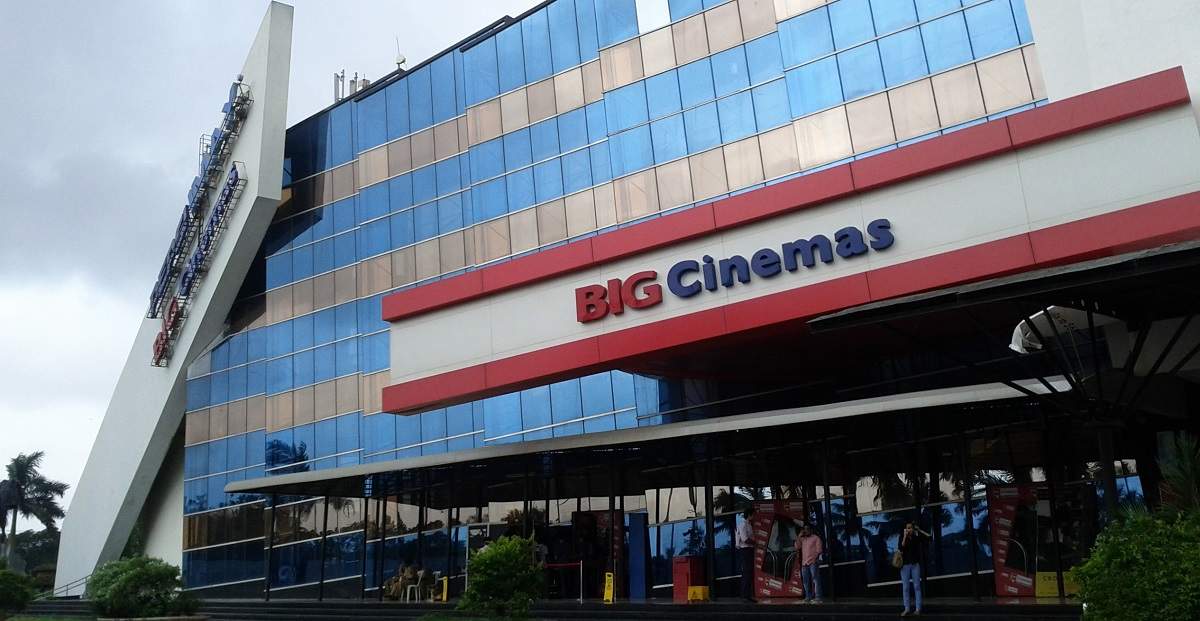
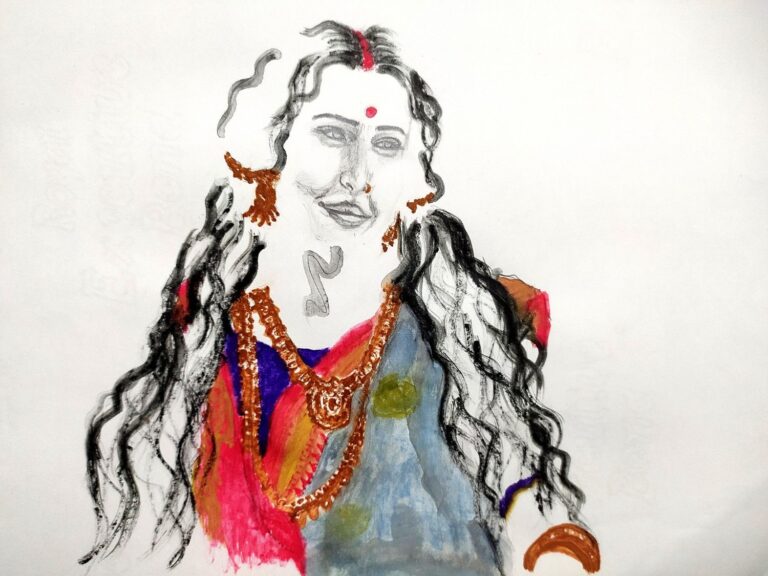
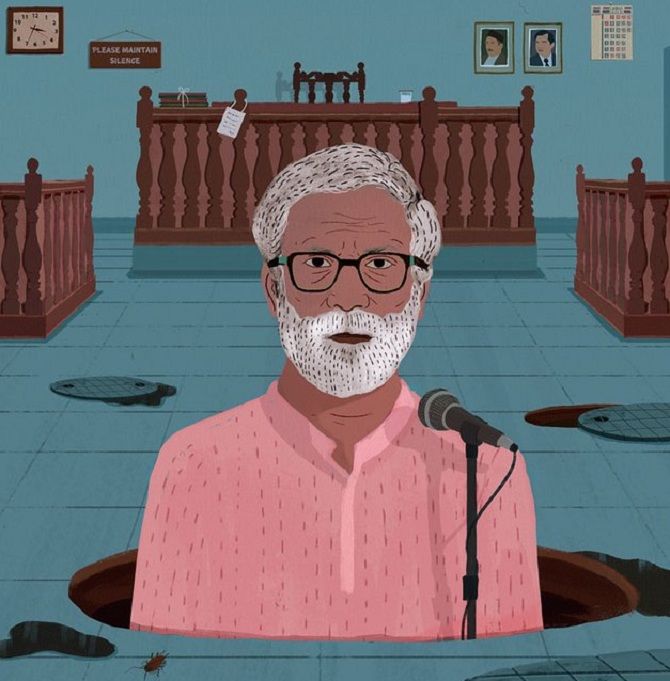
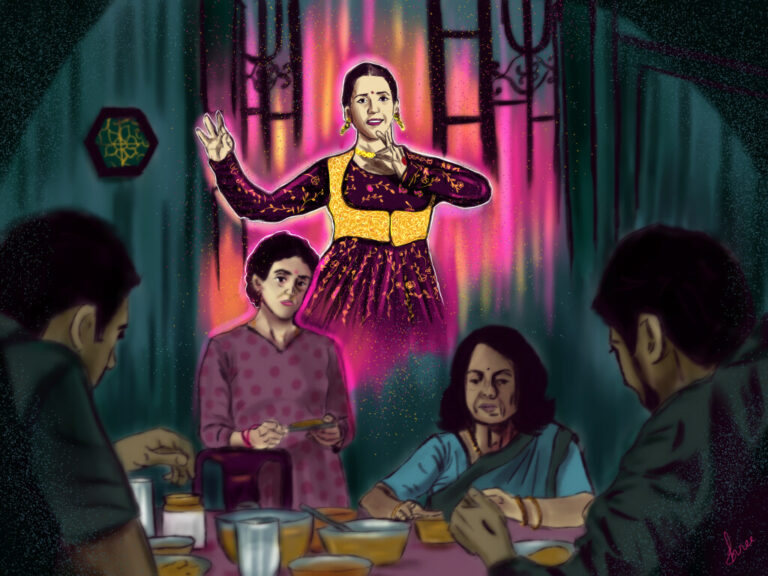
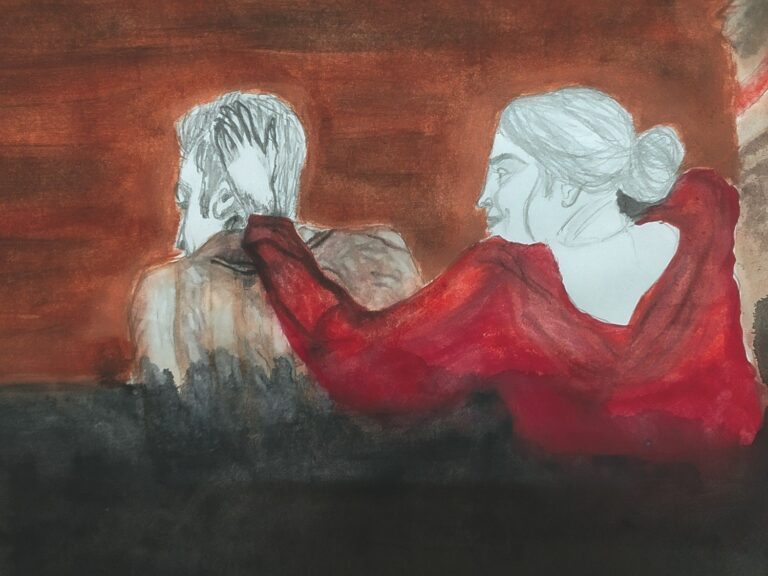


This is such a great piece!